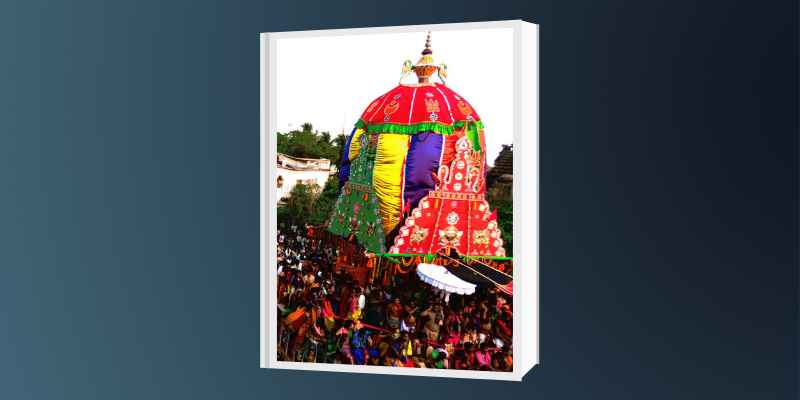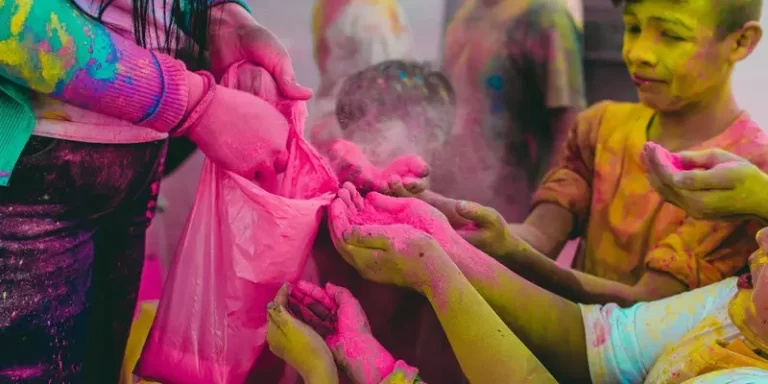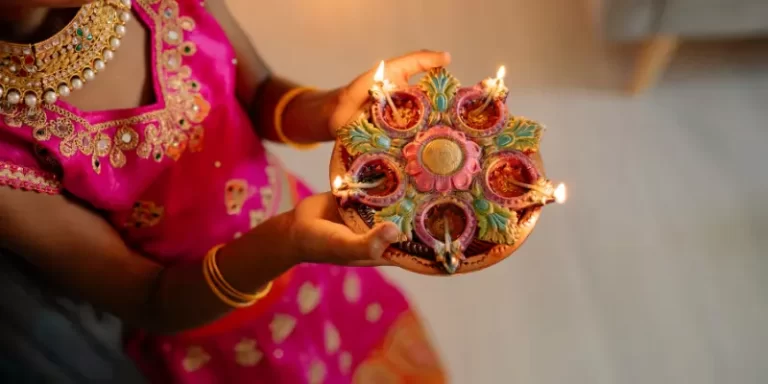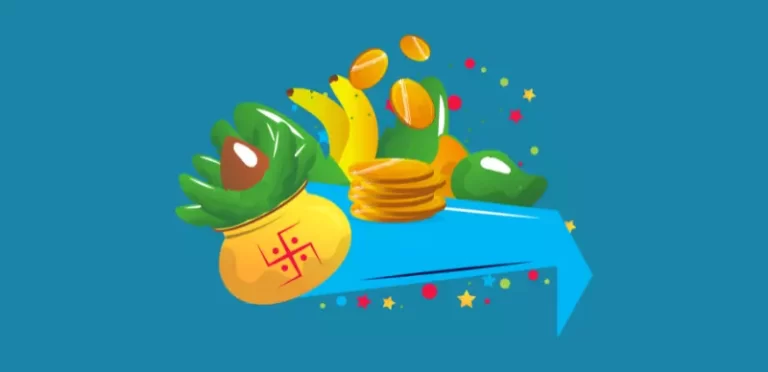Ashok Ashtami or Ashokastami is one of the main festivals devoted to Lord Shiva and Goddess Shakti, the Mother Goddess. Ashoka means the protector who removes the obstacles and sorrow of the people. It is also known as Bhavani Ashtami. Ashokastami is celebrated in the month of April. According to Hindu Calendar Ashokashtami is celebrated on the Ashtami (8th day) during the Shukla Paksha in the month of Chaitra. It is observed as a car festival in Odisha and the eastern regions of India. On the day of Shukla Ashtami of Chaitra month, Goddess Bhavani is worshipped as one of the Goddess of Durga Navaratri.
Significance of Ashokastami
There are various legends associated with this festival. According to Hindu Puranas, Lord Rama was unable to kill Ravana, The Demon King even after a huge battle. At the time, Bibhishan, Ravan’s younger brother advised Lord Rama to pray and seek the blessings of Goddess Shakti. Lord Rama performed puja and prayer to Lord Shiva and Goddess Shakti at Lingaraj Temple situated in Bhubaneswar for seven long days.
On the eighth day (Ashtami) Goddess Shakti blessed him and guided him to kill the demon Ravana by using Brahmastra, a weapon created by Lord Brahma with the blessings of Goddess Shakti and Lord Shiva, Lord Rama easily destroyed Ravan with the Brahmastra. To celebrate, the victory of good over evil, Lord Ramachandra took out a procession of Shiva and Shakti in a chariot on the day of Ashtami.
Ashokasthami festival was celebrated from that day to mark the victory of Lord Rama over Ravana, the victory of good over evil. This festival is celebrated with great enthusiasm and fervor.
Significance of Rukuna Ratha
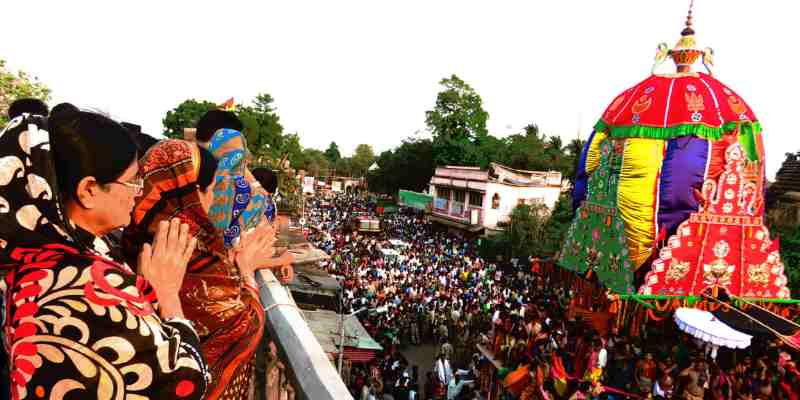
Lord Shiva is locally known as Tribhuvansvara which means the “Bhagwan of the 3 Pura” or “God of three worlds”. The city “Bhubaneswar” is named after “Bhuvaneswar” referred to as Lord Shiva. Tribhuvansvara is also called as “Lingaraja”. Lingaraja in its actual terms means “Kings of Lingams or Lingaraj”.
Bhubaneswar is also known as “Ekamra Ksetra” (as per Ekamra Purana) as Lingaraja Mahaprabhu originated under a mango tree called Ekamra. Lingaraja Mahaprabhu is also represented as “Swamyambhu Linga” meaning self-manifested. The temple is devoted to the HariHara form of Lord Vishnu and Lord Shiva.
The temple city of Bhubaneswar has many ancient Shiva temples marking its landscape. The most famous and ancient among them is the Lingaraj temple. The festivals of Lord Lingaraj are held with great pomp and joy throughout the year at the temple. Among those, a festival is called Rukuna Rath Yatra meaning the journey of Lord Lingaraj.
Rath Yatra is also considered to be an important festival in Lingaraj temple after Shivratri. It is celebrated in the month of Chaitra (April) on Shukla Ashtami (the eighth day of the bright fortnight). In Tretya Yuga, Lord Rama also visited Ekamra Ksetra during the Vanavasa time of 14 years of exile. Lord Lingaraj received him to spend some time here.
The place where Lord Rama settled is known as “Rameswara” named after Lord Rama. Lord Rama’s birthday fell during the period of stay in Ekamra Ksetra. Lord Lingaraj went along with Goddess Parvati, Lord Ganesh, and Kartikeya on his Ratha (Chariot) to Rameswara Temple to win Lord Rama. This festival is celebrated till day in the name of Ratha Yatra of Lord Lingaraj.
This Ratha Yatra is known as “Rukuna Ratha Yatra” or “Ashokasthami Yatra”. It is believed to be Papa Binashakari Yatra i.e. Festival that destroys and removes all evil and sins. On this day, the Chalanti Pratima of Lord Lingaraj, the Shivalinga “Utsava Vigraha”, which is believed to have been dedicated by Ramachandra along with Gopalini (Durga), Kumar, and Nandikesvara including the image of Govinda, Lord Vishnu are taken out in the Ratha from the Lingaraj temple to Rameswara temple. Rukuna Ratha Yatra festival lasts for five to seven days. The Ratha is drawn by the devotees from the Lingaraj to Rameswara and returns on the fifth day.
